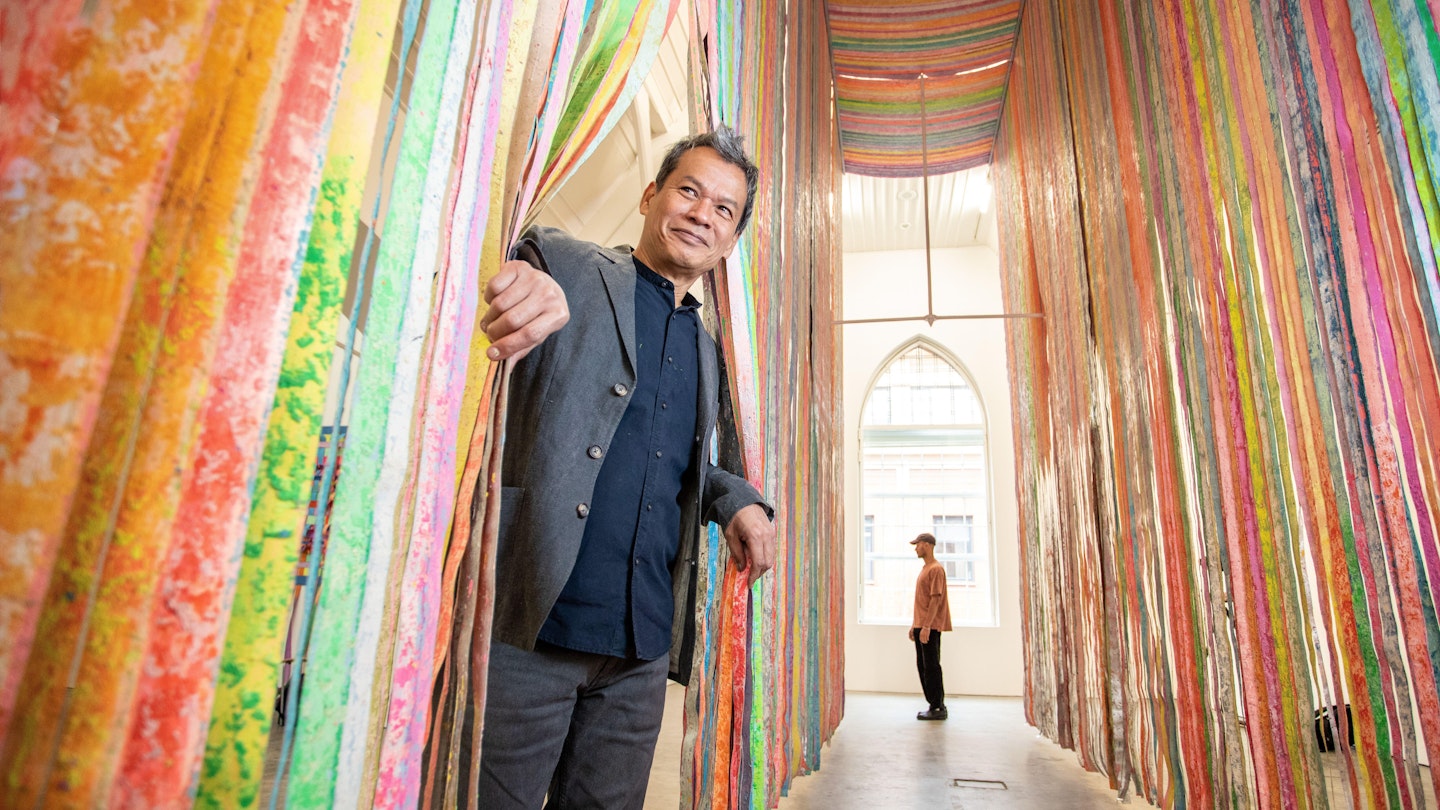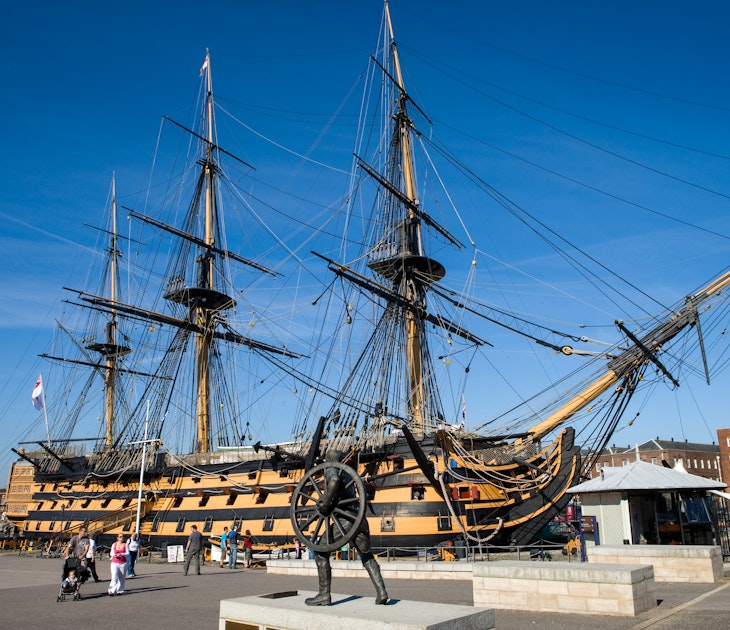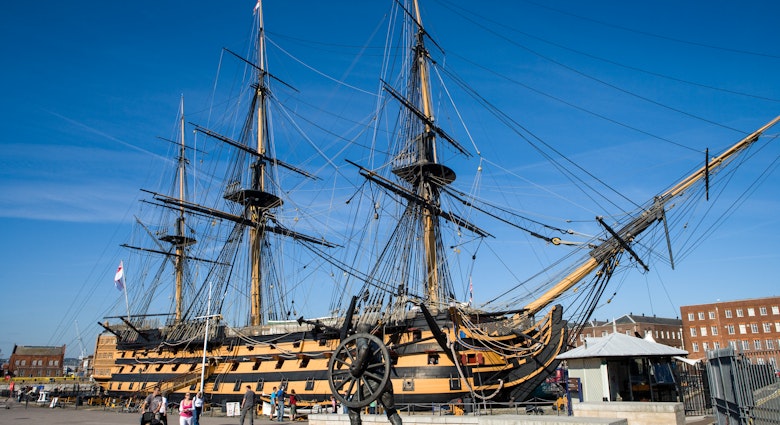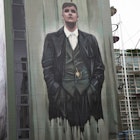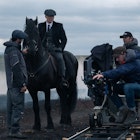It’s only fitting that a city so associated with ingenuity and invention should have several superb museums to explore. Once known as the "City of 1000 Trades," Birmingham was a pillar of Britain’s industrial revolution and genius Scottish inventor James Watt chose to make the city his home.
From 19th-century Impressionist masterpieces to interactive mini-cities, Birmingham’s museums hold a wealth of appeal for all ages and interests and are easy to reach too. Here are eight of the city's best museums.
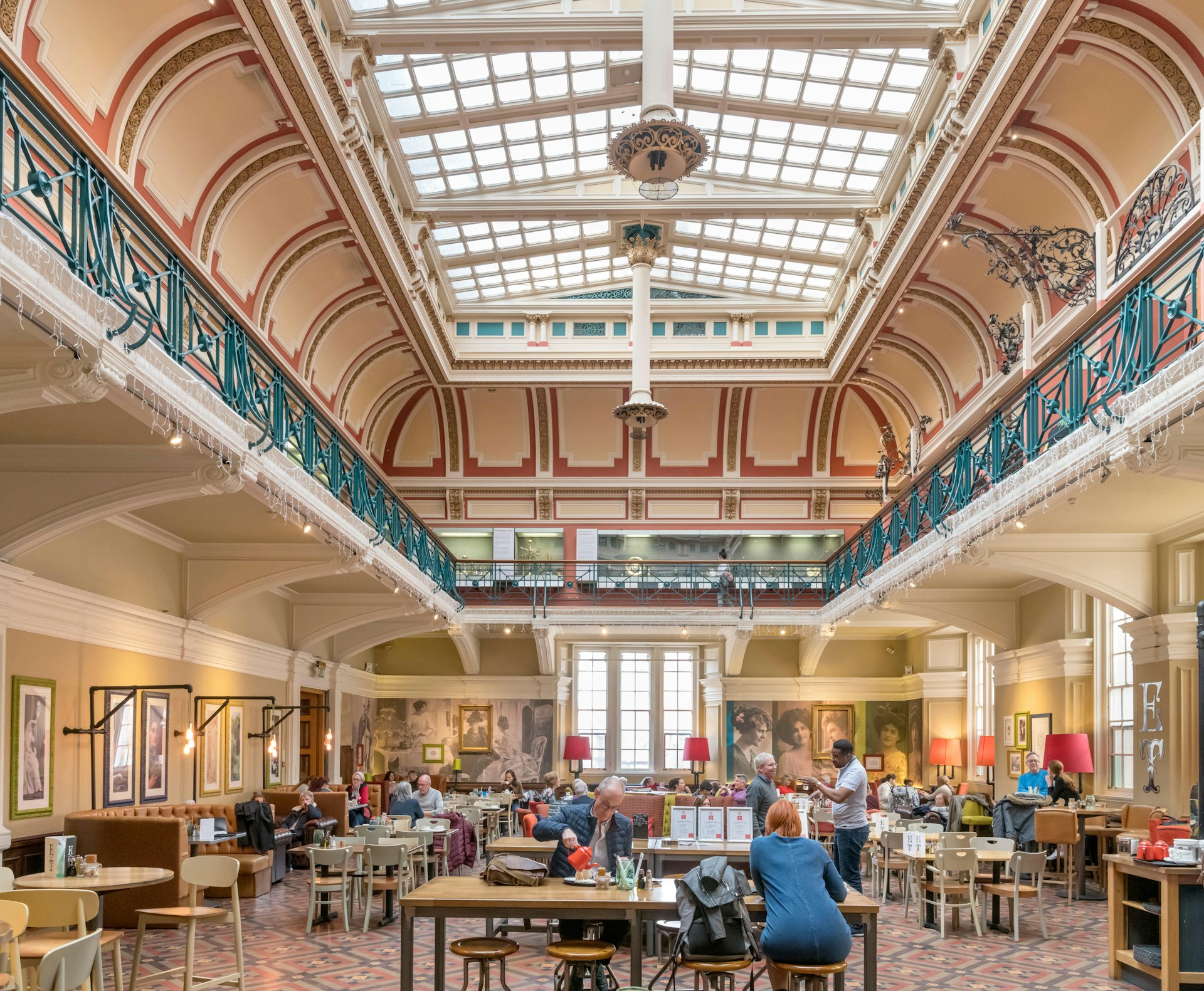
Birmingham Museum and Art Gallery is the best for exhibitions
Birmingham’s 19th-century Museum and Art Gallery has been a grand centerpiece of the city center since 1885 and is particularly known for its extensive collection of works by the Pre-Raphaelite Brotherhood, most notably Edward Burne-Jones. In recent years, however, it’s been the quality and nature of BMAG’s exhibitions that has really set it apart.
From hosting Home of Metal’s enormously popular exhibition on local heroes Black Sabbath to the poignant We Built This City which looked at the hardships endured by post-war Irish immigrants to Birmingham, BMAG always sets a high bar for its revolving cast of colorful and thought-provoking displays.

Sarehole Mill is full of literary inspiration
At first glance, the old redbrick watermill in leafy Hall Green probably wouldn’t be something you’d immediately associate with a multi-billion dollar franchise. But in the early 20th century, the 250-year-old Sarehole Mill and the nearby woodlands of Moseley Bog fascinated and inspired a young JRR Tolkien, who lived just across the road.
These days visitors can explore the mill and the surrounding area and see where the first flickers of Middle Earth, The Lord of the Rings, and The Hobbit began to percolate in Tolkien’s mind. Fill up with freshly baked pizzas in Sarehole stone courtyard at weekends (something definitely not available in Tolkien’s day).

The Museum of the Jewellery Quarter is like a time capsule
While its low-lit bars and fine dining restaurants have turned the Jewellery Quarter into a popular evening destination, this handsome neighborhood grew in the 19th century on the production of its namesake jewelry. In fact, the area still accounts for 40% of the UK’s jewelry production.
Get a window into what conditions were like back then at the Museum of the Jewellery Quarter, where the old Smith and Pepper workshop – along with its dusty benches, workstations and tools – have been left exactly as they were when the company ceased trading in 1981. The expert live demonstrations are especially good at bringing that distant time period to life.

Thinktank is Birmingham's best museum for families
Science museums are always great because of their generational appeal and Thinktank at the vast Millenium Point is a perfect example of this. An award-winning museum, its Planetarium, interactive mini-city (MiniBrum) and Science Garden are ideal for both entertaining and educating children.
Just a short walk from the city center, its massive space means that Thinktank also has room for some unique historic and local exhibits. These include the only surviving Birmingham tram, James Watt’s Smethwick Engine (the world’s oldest working steam engine, built in 1791), and a legendary WWII Spitfire fighter aircraft that’s suspended from the ceiling.
Barber Institute of Fine Art has many lesser-known artworks
Exploring the elegant grounds of the University of Birmingham is a pleasant experience in itself, but tucked away behind the School of Mathematics is – cliché alert – the archetypal hidden gem. Far out of sight from the city center throngs, the Barber Institute of Fine Art’s tranquil art-deco corridors contain a splendid collection of little-known works from the likes of Monet, Turner and Van Gogh.
Of particular note is its sublime collection of French 19th-century paintings, with a series of masterpieces by the Impressionists, including Edouard Manet’s Portrait of Carolus-Duran and Degas’ Jockeys Before the Race. Reaching the museum along the meandering sun-dappled stretch of canal from the Mailbox is also one of Birmingham’s prettiest walks.
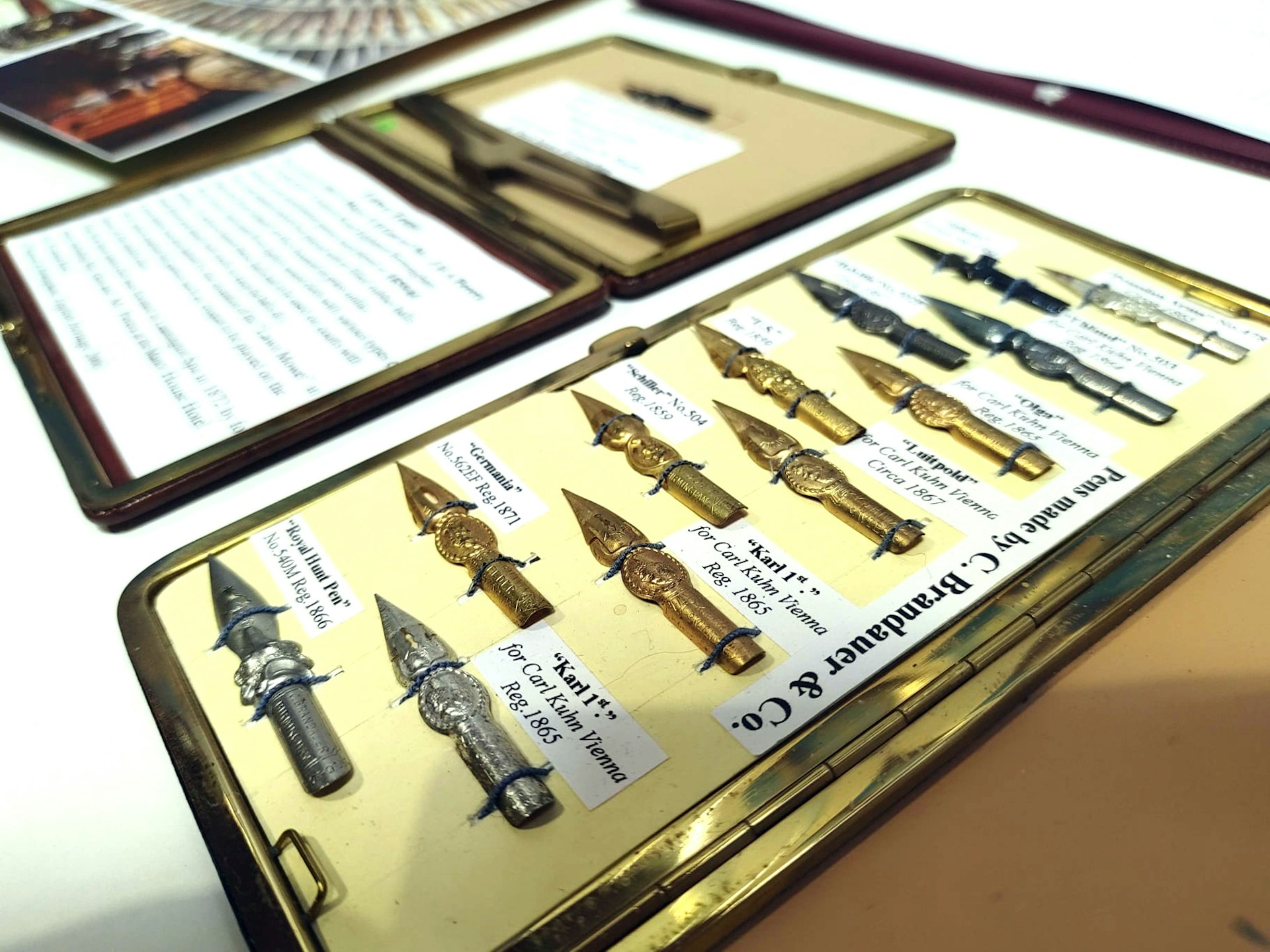
The Pen Museum is the city's most unusual museum
Long before keyboards and touchscreens, the written word reigned supreme. So while today it may feel like a dying art, there are some who wish to celebrate the practice in all its glory and there’s nowhere in Britain more fitting than Birmingham.
In the 19th century, the city manufactured 75% of all pens worldwide and in the process helped to democratize writing by making them cheap and affordable. Head to the Pen Museum in the Jewellery Quarter to try your hand at calligraphy, write with a quill and ink and learn more about this little-known part of local history.

IKON Gallery is the best place for contemporary art
Set in a stunning Neo-Gothic Victorian boarding school, IKON Gallery was founded in 1965 as an artist-led alternative space and now presents a regular program of exhibitions, events, learning workshops, and seminars, representing some of the world's best visual artists.
Combining established with emerging artists, its wide and bright corridors allow the artists space to express themselves in any fashion they choose, often with a focus on culture and education. Ikon also houses Birmingham's only independent arts bookshop on its downstairs floor, an absorbing little spot that often takes up as much time as the museum itself.
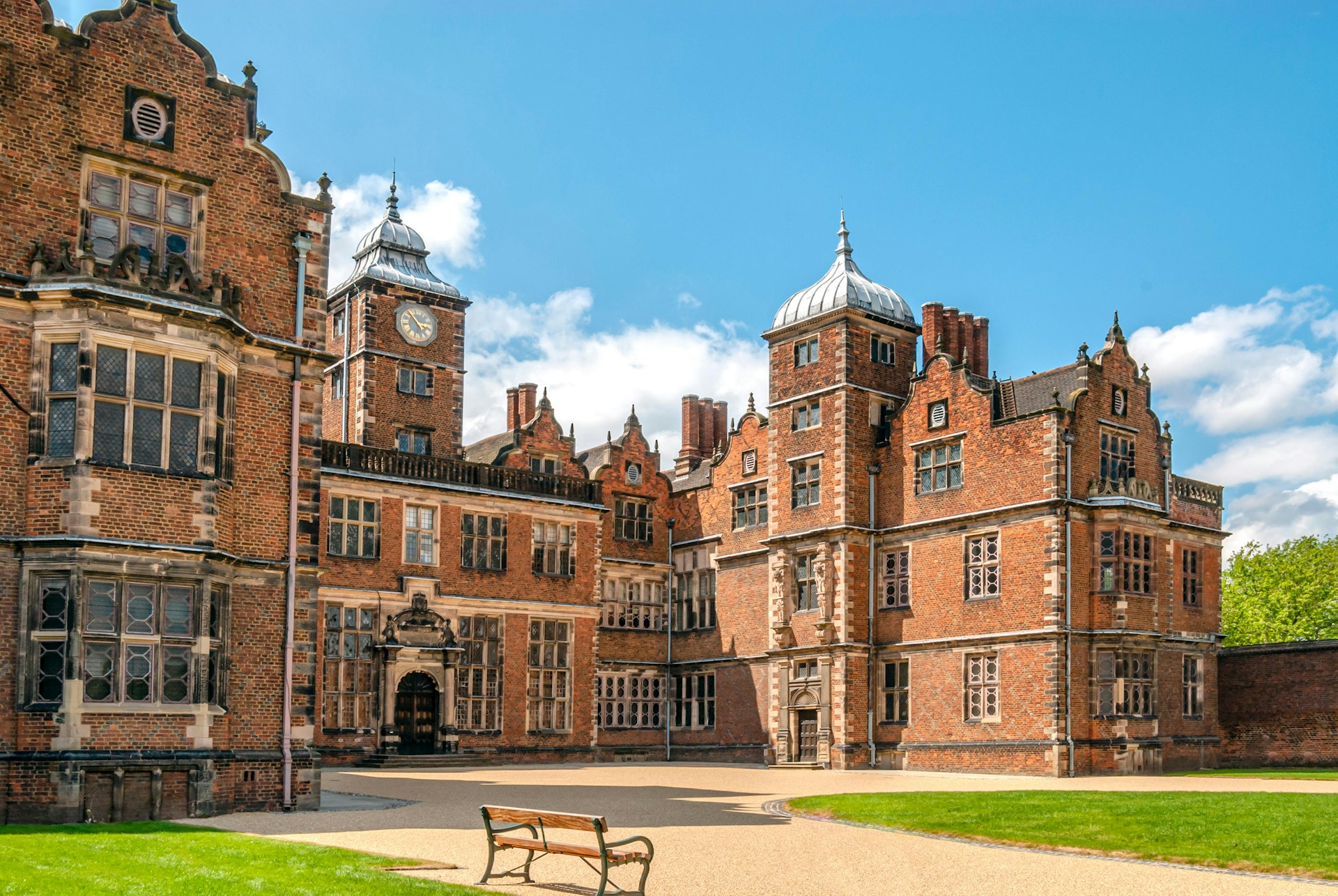
Aston Hall is ideal for learning all about Civil War history
Dating back over 400 years, Aston Hall is one of Birmingham’s grandest and most beautiful landmarks though it still bears the scars of a turbulent start to its life. Less than 10 years after it was completed, it was damaged after an attack by Parliamentary troops during the English Civil War in 1643.
Book a tour of this ornate Jacobean mansion and see the famous hole caused by a cannonball smashing through a window and into a staircase. And don’t forget to explore the magnificent Long Gallery and the King Charles Room (where King Charles I is said to have spent the night prior to the Battle of Edgehill).
Keep an eye out for the next Independent Birmingham Festival too, a summer celebration of the city’s superb food scene that often takes place at Aston Hall.

